The Oklahoma City Thunder are on the brink of their first NBA title, thanks in large part to their dominant transition offense in Game 5 against the Indiana Pacers. After a series largely devoid of fast-break points, the Thunder exploded for 28 transition points, showcasing their speed and precision. This film study breaks down how Oklahoma City ignited their running game, highlighting key defensive plays, strategic screens, and capitalizing on Pacers’ errors. Understanding these tactical shifts is crucial as the series heads to a pivotal Game 6. This article explores the key moments and adjustments that led to the Thunder’s Game 5 triumph, setting the stage for a potentially series-clinching matchup.
Defense Leads to Offense: Thunder’s Disruptive Edge
Oklahoma City’s transition game begins with their stifling defense. They’ve averaged the most steals per game of any playoff team in the last 26 years, and their defensive intensity was on full display in Game 5. Key plays, like Chet Holmgren’s steal (credited) early in the first quarter, disrupted the Pacers’ rhythm and created opportunities. Although Holmgren didn’t directly score, the unsettled defense led to a Jalen Williams’ dunk. As John Schuhmann noted, “Their defense on Monday were elite for these playoffs.”
Midway through the second quarter, Alex Caruso anticipated a pass from Ben Sheppard, leading to a transition three-point play for Williams. Williams, who finished with a game-high 40 points, scored 14 of those in transition – more than his combined total from Games 1-4. The Thunder’s ability to turn defensive stops into quick scores proved to be a major catalyst in their Game 5 victory. The Pacers need to find answers to limit easy points.
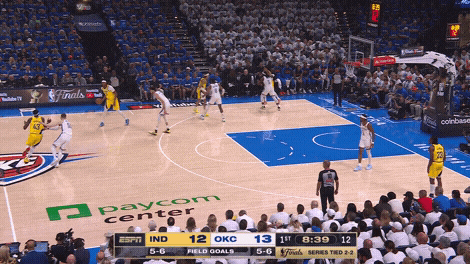
Beating the Press with High Screens: A Tactical Adjustment
The Pacers’ aggressive defense, which involves picking up Thunder ball-handlers in the backcourt, can be a double-edged sword. While it aims to wear down Oklahoma City and shorten the shot clock, it can also create opportunities for Shai Gilgeous-Alexander and Jalen Williams to attack downhill. High screens, set more than 30 feet from the basket, proved effective in Game 5. Hartenstein’s screens on Pacers defenders created space for Williams to drive and score. According to Second Spectrum tracking, the Thunder’s ball screens in Game 5 were set at an average of 30.5 feet from the basket, their highest average of the season. “This adjustment really opened up the floor for SGA and Jalen,” said an NBA analyst during the game.
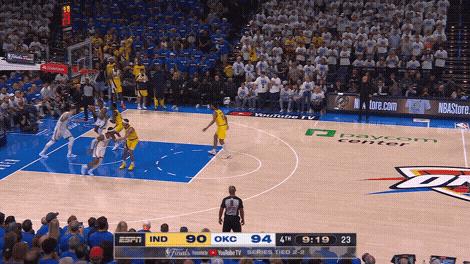
Mistakes Stall Pacers’ Comeback: Turnovers Prove Costly
Despite an uncharacteristic first half performance, the Pacers remained within striking distance, trailing by just two points with eight minutes left in the game. However, a series of critical turnovers derailed their comeback attempt. They committed five live-ball turnovers on their next seven possessions, leading to an 18-4 Thunder run that effectively sealed the game. Cason Wallace’s steal and dunk, resulting from a miscommunication between Haliburton and Nembhard, was a pivotal moment. Similarly, Gilgeous-Alexander capitalized on a jump pass from Nembhard, converting it into a three-point play.
These mistakes highlighted the Pacers’ vulnerability in transition and their inability to handle the Thunder’s defensive pressure. “Those turnovers were backbreakers,” commented a frustrated Pacers fan after the game. These errors were costly and swung the momentum decisively in favor of Oklahoma City. Indiana needs to limit turnovers to have a chance in Game 6.
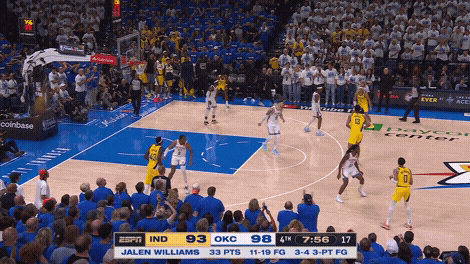
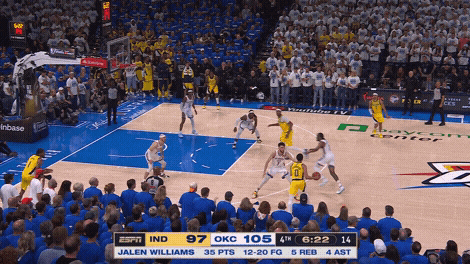
Key Stats: Half-Court Efficiency vs. Transition Dominance
According to Synergy, the Pacers were actually slightly more efficient than the Thunder in the half-court during Game 5. However, the transition game proved to be the decisive factor. The Thunder’s ability to generate fast-break points, coupled with the Pacers’ turnovers, made the difference. Schuhmann noted that the transition game, which had been quiet for both teams for most of the series, was the difference. This highlights the importance of controlling the pace of the game and capitalizing on opportunities in transition. For the Pacers to extend the series, they’ll need to disrupt the Thunder’s transition offense and find ways to generate easier points themselves.
Game 6 Preview: Thunder on the Brink
With the Thunder just one win away from their first NBA championship, Game 6 promises to be a highly anticipated matchup. The Pacers will need to make significant adjustments to slow down Oklahoma City’s transition game and limit their own turnovers. Key players like Tyrese Haliburton will need to step up and make better decisions with the ball. The Thunder, on the other hand, will look to maintain their defensive intensity and continue to exploit the Pacers’ mistakes. As the series shifts back to Indiana, the Pacers will need to channel their resilience and determination to force a Game 7. Expect a hard-fought battle as both teams vie for the ultimate prize.
Conclusion: Transition Game Key to Thunder’s Success
The Thunder’s Game 5 victory was a testament to their ability to leverage their defense into a potent transition offense. By forcing turnovers, setting effective high screens, and capitalizing on Pacers’ mistakes, Oklahoma City seized control of the game and moved within one win of the NBA title. The Pacers’ inability to contain the Thunder’s transition game proved costly, highlighting the importance of ball security and defensive awareness. As the series heads to Game 6, the Pacers face a daunting challenge: neutralize the Thunder’s transition attack and rediscover their own offensive rhythm. The outcome of the series may very well hinge on which team can control the pace and tempo of the game. Will the Pacers find an answer, or will the Thunder’s transition dominance carry them to a championship?
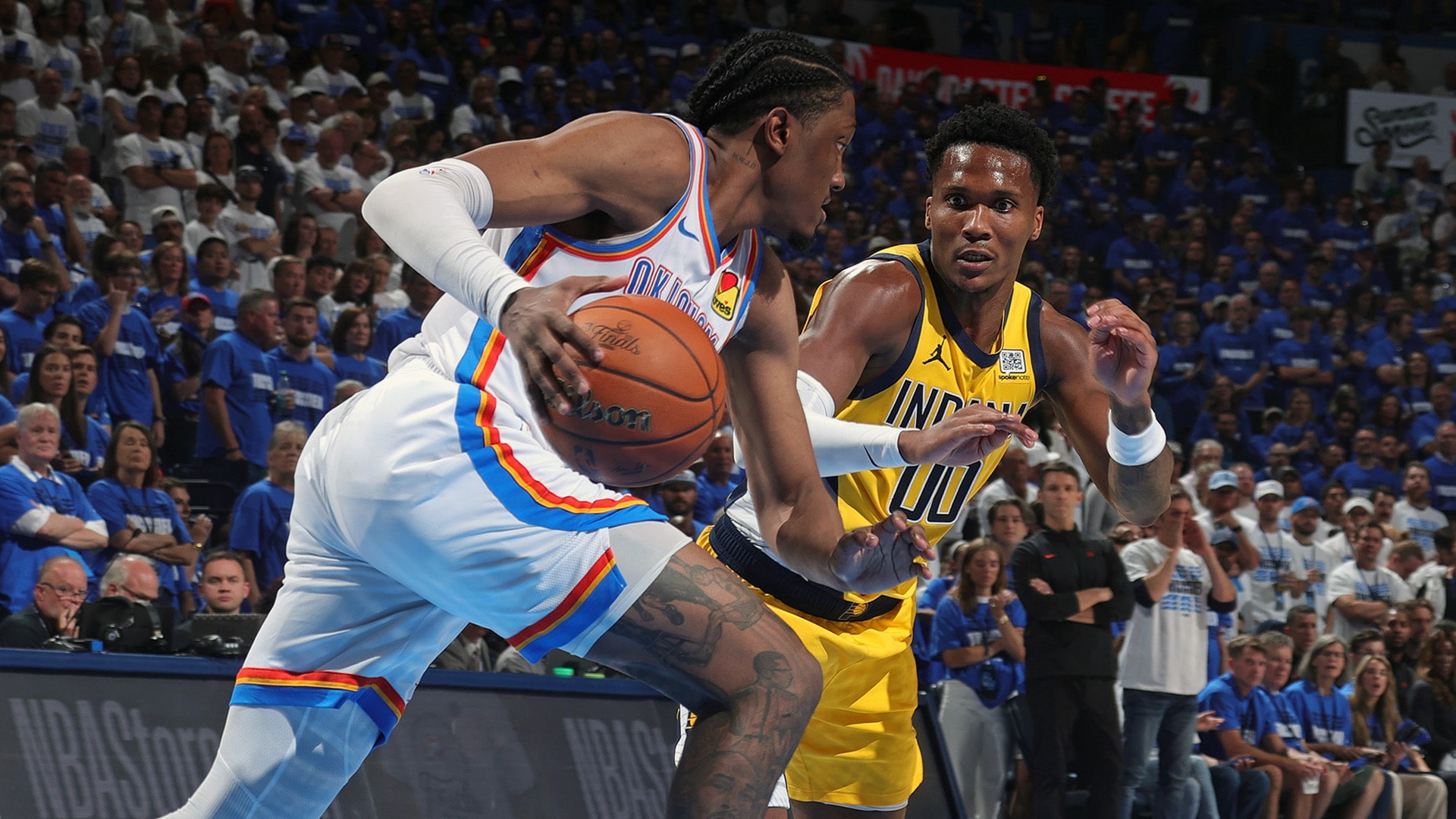
Leave a Reply